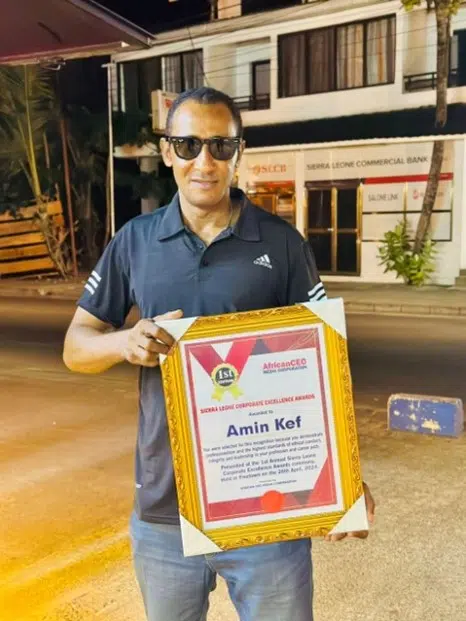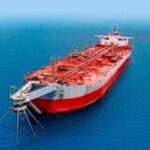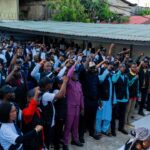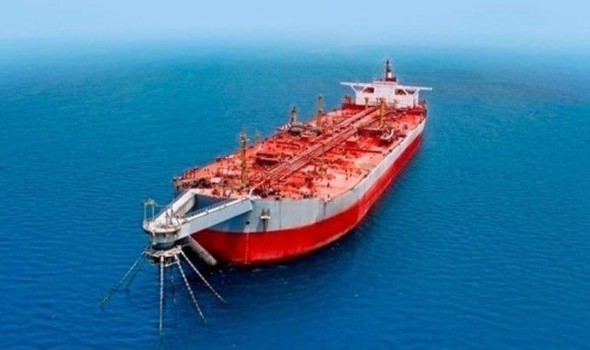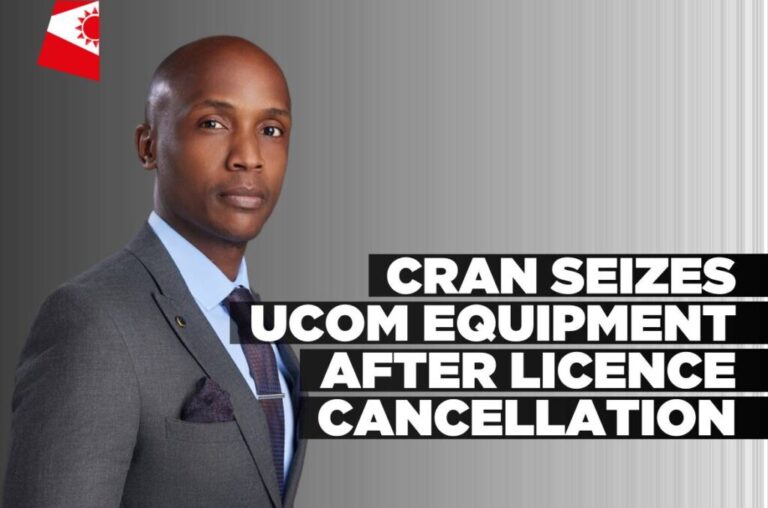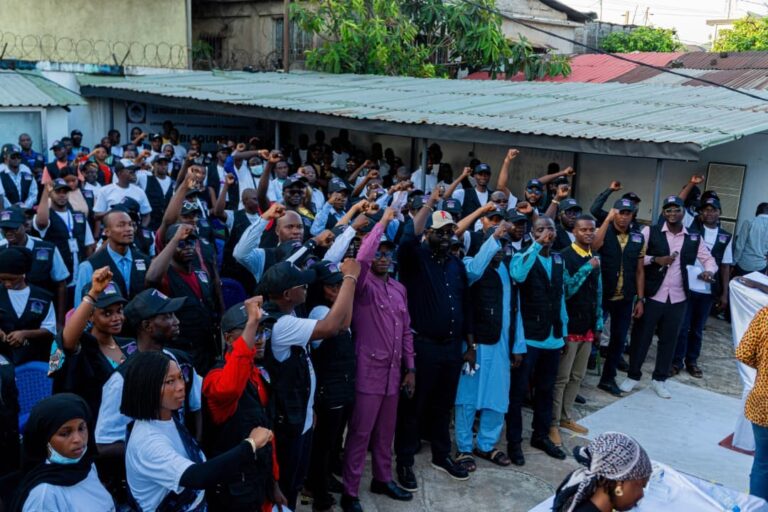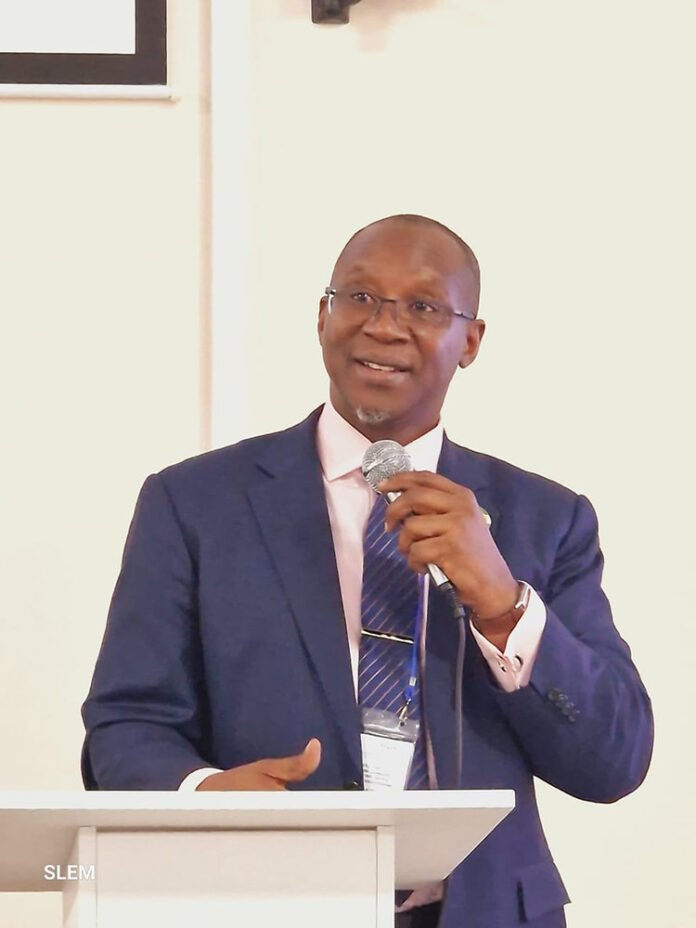
By Amin Kef (Ranger)
Minister of Mines and Mineral Resources, Julius Daniel Mattai, has described the official launch of operations for Simandou 2040 at Morebaya Port in Guinea as a defining moment for Africa’s mining and economic transformation. Speaking upon his return from the landmark event held on Tuesday, 11th November 2025, the Minister said he was “deeply inspired and filled with renewed conviction in the power of African cooperation, shared destiny and responsible resource stewardship.”
Julius Daniel Mattai was part of a high-powered delegation led by Chief Minister, Dr. David Moinina Sengeh, representing President Julius Maada Bio, accompanied by Minister of Communication, Technology and Innovation, Salima Bah, Deputy Minister of Water Resources, Francis Kallon and other senior Government officials. The delegation attended the event at the invitation of the Government of Guinea for the official launch of the historic Simandou 2040 operations; a project set to transform West Africa’s mining landscape.
According to the Minister, the event symbolized far more than the inauguration of a mining project. “What we witnessed was not merely the dawn of a mining project but the rebirth of a continental vision; an assertion that Africa can mine its own future, add value to its own wealth and determine its own destiny,” he remarked.
He emphasized that Sierra Leone and Guinea share not only a border but also a long-standing historical and cultural bond, describing both nations as bound by “an unbreakable rhythm that echoes from the hills of Simandou to the plains of Tonkolili.”
The Minister lauded his Guinean counterpart, Hon. Bouna Sylla, Minister of Mines and Geology, for steering what he called “a model of transformation that speaks directly to Africa’s aspirations for sovereignty, self-determination and economic renewal.” He stated that Simandou 2040 offers valuable lessons for Sierra Leone in building sovereign equity, strengthening institutions, enhancing legislative oversight and ensuring transparent public-private partnerships.
He underscored that the Guinean model demonstrates how visionary leadership, robust legislation and strategic international partnerships can be harnessed to serve national and continental interests. “Simandou 2040 reflects what is possible when vision, legislation and international partnerships align to serve the people. It shows that good governance, world-class infrastructure and inclusive participation can turn a mining project into a development revolution,” he noted.
Minister Julius Daniel Mattai said Sierra Leone should take inspiration from Guinea’s approach, particularly its strategic use of state equity, insistence on beneficiation and synergy between mining and infrastructure development. These, he said, should inform Sierra Leone’s own policy reforms, institutional strengthening and participation in global critical mineral supply chains.
He called on Sierra Leoneans to embrace this new spirit of transformation and take proactive steps to reform and realign the mining sector to meet contemporary global realities. “Let us refine our mindsets, reform our mining laws and realign our national mineral policy to reflect the 21st-century realities of global commodity demand, just energy transition, local beneficiation and sustainable value addition,” he urged.
The Minister added that Sierra Leone must now position itself as both producer and processor, not merely a supplier of raw minerals but an active player in the global minerals market. “This is our turning point to patriotically navigate the shifting global geopolitics of minerals with clarity and confidence. Sierra Leone must stand as co-owner, not bystander; as voice, not echo,” he stressed.
He expressed optimism that lessons from Simandou 2040 will serve as a guiding light for Sierra Leone’s own mineral future, ensuring that the country transforms its natural wealth into enduring national prosperity. “Together, we can mine not just iron ore but destiny itself,” he declared.
Minister Julius Daniel Mattai provided detailed comparative insights between Guinea’s Simandou project and Sierra Leone’s Tonkolili operations. He explained that Simandou hosts the largest undeveloped high-grade iron ore deposits globally, over 2.5 billion tonnes grading 65–67% Fe, while Tonkolili holds about 13 billion tonnes of lower- to medium-grade iron ore averaging 30–35% Fe, which requires beneficiation and upgrading.
The Simandou Iron Ore Project, he said, is co-developed by the Winning Consortium Simandou, China Baowu, Rio Tinto Group, Chinalco and the Government of Guinea, with an estimated total investment of over USD 23 billion across mine, rail and port infrastructure. The Government of Guinea holds a 15% equity stake in the joint venture, an example of state participation that strengthens national ownership and economic returns.
In contrast, the Tonkolili Iron Ore Project, now operated by Leone Rock Metal Group (formerly Kingho Mining Company), has recorded cumulative investments of about USD 2–3 billion, covering mine, rail and port facilities. The project’s infrastructure includes approximately 200 km of rehabilitated narrow-gauge railway from Tonkolili to Pepel Port, with limited capacity and restricted multi-user frameworks.
Meanwhile, Simandou’s infrastructure features over 640 km of new trans-Guinean railway built to international heavy-haul standards, linking the Simandou mine site to the newly constructed Morebaya deep-water port. The system operates under a multi-user access policy, ensuring shared national benefits and promoting regional integration.
Minister Julius Daniel Mattai emphasized that Simandou is expected to produce up to 120 million tonnes of high-grade iron ore annually at full capacity, with shipments starting in November 2025 and reaching maximum output between 2028 and 2030. That volume represents 7–9% of the global seaborne iron ore supply and could generate more than USD 10 billion in annual revenues for Guinea, depending on market dynamics.
He explained that Guinea’s Gross Domestic Product (GDP) is projected to grow by 26% by 2030 as a result of Simandou’s operations, with substantial increases in tax revenue, export earnings and public investment potential. He also noted that the socio-economic benefits include thousands of new jobs, extensive infrastructure development and enhanced community capacity.
However, the Minister cautioned that the emergence of Simandou also presents competitive challenges for Sierra Leone’s iron ore industry due to differences in grade quality and production costs. He stressed that Sierra Leone must now focus on local beneficiation, infrastructure optimization and innovation to maintain competitiveness in the evolving global market.
He concluded that both Sierra Leone and Guinea have an extraordinary opportunity to collaborate on regional value chains and ensure that West Africa’s mineral wealth drives inclusive, sustainable development. “Let the lessons from Simandou 2040 inspire us to build a stronger, self-reliant mineral economy; one that turns our natural wealth into lasting national prosperity,” Julius Daniel Mattai affirmed.




